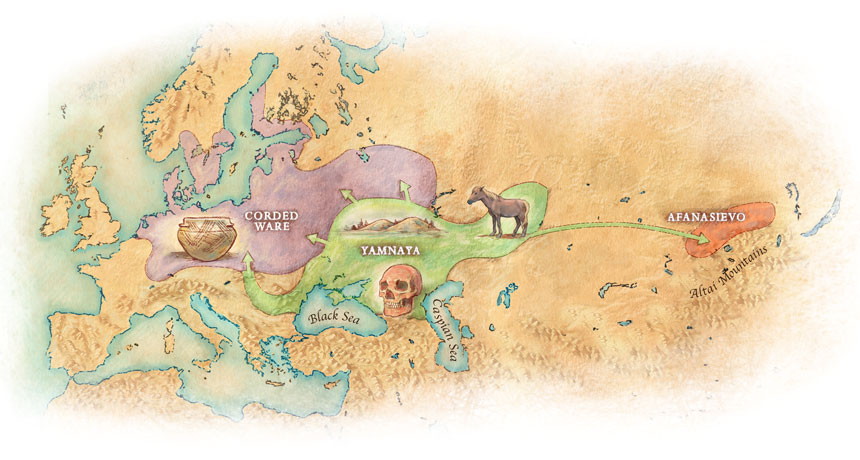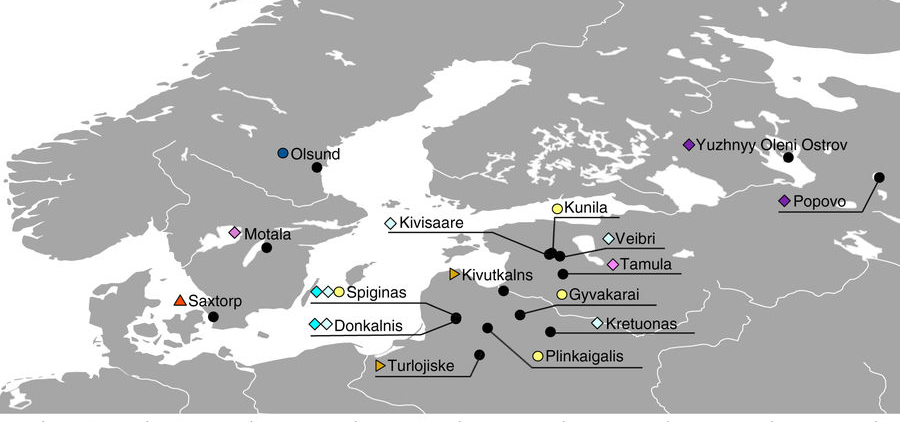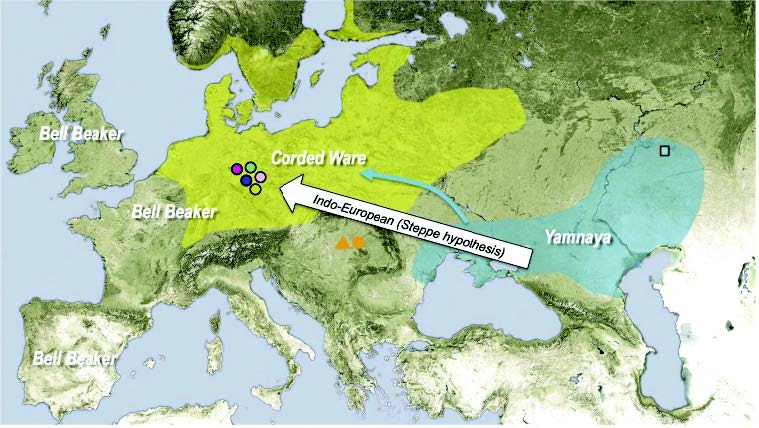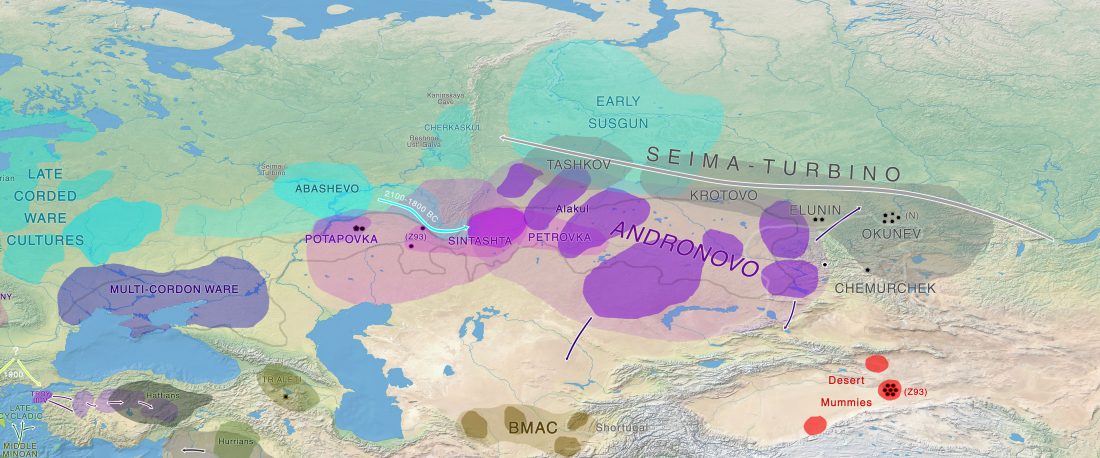I recently wrote about a good informal summary of genomic research in 2017 for geneticists.
I found a more professional review article, How Asian nomadic herders built new Bronze Age cultures, by Bruce Bower, appeared in Science News (25th Nov. 2017).
NOTE: I know, I know, the Pontic-Caspian steppe is in East Europe, not Asia, but what can you do about people’s misconceptions regarding European geography? After all, the division is a conventional one, there are not many landmarks to divide Eurasia…
It refers to Kristiansen’s model, which we already know supports the expansion of IE … Read the rest ““How Asian nomadic herders built new Bronze Age cultures””





